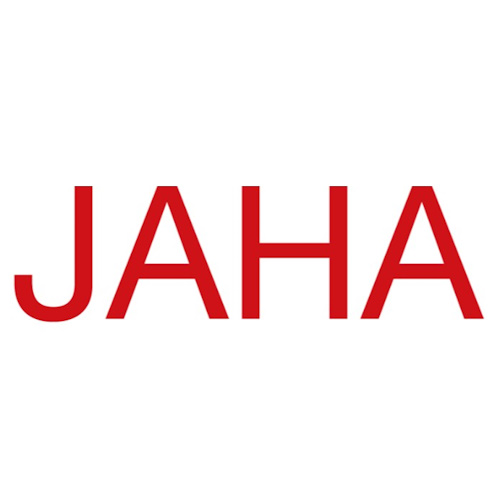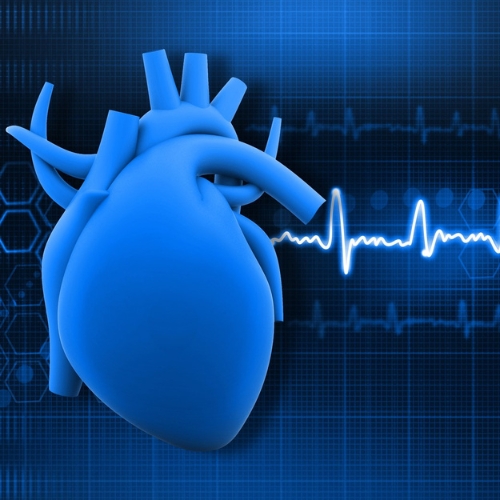Cardiovascular disease remains the leading cause of death globally. But what if we told you that a small Indigenous population in the Bolivian Amazon may have cracked the code to long-lasting heart health? Enter the Tsimane—a community of forager-horticulturalists whose arteries remain remarkably flexible deep into old age. A new study published in the Journal of the American Heart Association explores this vascular marvel. The findings are more than academic—they’re a wake-up call for modern lifestyles.
Who Are the Tsimane?
The Tsimane are an Indigenous group in the Bolivian Amazon. They live a subsistence lifestyle: fishing, hunting, gathering, and practicing small-scale agriculture. They eat what they grow and catch. Their lives are low-tech but physically intense. While their average income is low, their health markers—particularly cardiovascular—are extraordinary.
This population has already gained scientific attention for having the lowest levels of coronary artery calcification ever recorded. But this new study takes things further. It investigates how their arteries age—and what that says about aging in general.
Why Arterial Stiffness Matters
Arterial stiffness refers to how rigid our arteries become as we age. In healthy individuals, arteries expand and contract easily to accommodate blood flow. But with age, they lose this elasticity. The walls thicken, elastin breaks down, and collagen builds up. This stiffness contributes to high blood pressure, heart failure, and stroke.
Arterial stiffness is a key predictor of cardiovascular events—sometimes more than blood pressure or cholesterol alone. Scientists use three main markers to measure it:
C1: Large artery elasticity
C2: Small artery elasticity
cfPWV: Carotid-femoral pulse wave velocity (a gold-standard metric)
The study compared these markers in the Tsimane to two large U.S.-based cohorts: MESA (Multi-Ethnic Study of Atherosclerosis) and FHS Gen3 (Framingham Heart Study, third generation).
The Study Design
Participants:
Tsimane: 490 adults for C1 and C2; 94 adults for cfPWV.
MESA cohort: 6,294 adults of varied ethnicity.
FHS Gen3 cohort: 3,086 mostly White adults.
Researchers used tonometry (a noninvasive method) to assess arterial elasticity and cfPWV. They also collected data on height, weight, BMI, blood pressure, heart rate, and cholesterol. The Tsimane were tested in their villages by trained physicians and anthropologists.
Ethical approvals and informed consent were rigorously followed, including community-level approvals from Tsimane leaders.
Key Findings
1. The Tsimane Have Super-Flexible Arteries
C1 and C2 levels were significantly higher in Tsimane participants than in U.S. participants—indicating more elastic arteries.
By age 40, Tsimane had 47% higher C1 and 36% higher C2 than the MESA cohort.
These differences remained steady through adulthood.
2. Arteries Stay Flexible Longer
In urban populations, cfPWV (stiffness) rises sharply with age.
Among the Tsimane, cfPWV barely increased until age 70+.
Even Tsimane elders had more flexible arteries than healthy younger Americans.
3. Low Disease Despite Risk Factors
Some Tsimane individuals had hypertension, obesity, or high glucose—but even those with two or more of these “risk factors” still had more elastic arteries than Americans with none.
Why Are Their Arteries So Healthy?
Lifestyle Factors
High physical activity: Tsimane walk 17,000 steps daily on average. That’s triple the global average.
Low-fat, high-fiber diet: Their meals consist mainly of plantains, fish, wild meat, and tubers. They eat very little processed food.
Low stress: Though not directly measured, their slower-paced lifestyle likely protects cardiovascular function.
Protective vs. Risky Inflammation
Despite high rates of infections, which typically increase inflammation, their arterial stiffness remains low. This may be because their inflammation is acute and immune-regulated—unlike the chronic, low-grade inflammation common in urban settings.
What About Cholesterol?
Surprisingly, over 70% of Tsimane have HDL cholesterol levels below what’s considered healthy. In the U.S., that would be alarming. But in this population, it doesn’t seem to increase arterial stiffness.
Researchers suggest that infections might alter how HDL functions in Tsimane bodies, reducing its protective effect—but still, their overall cardiovascular system thrives.
What Does This Mean for Aging?
This study supports the concept of “SUPERNOVA”—super normal vascular aging. While arterial stiffness is often seen as inevitable, the Tsimane show it can be delayed or even prevented.
By age 70+, Americans in the FHS Gen3 cohort had cfPWV over 12 m/s, while Tsimane averaged under 8 m/s. That’s a massive difference.
Limitations of the Study
Retrospective data: Some measurements were based on previously collected ECG data.
Lack of lipid data for cfPWV models among Tsimane.
Population differences: Cultural, genetic, and environmental factors make direct comparisons tricky.
However, sensitivity analyses showed the results were consistent even after adjusting for smoking and age-matching.
Why This Study Matters
This is more than an academic curiosity. The Tsimane offer a living example of what cardiovascular health could look like if modern lifestyles were different. We chase pills, procedures, and supplements—but ignore the basics: food and movement.
The study also questions long-held assumptions:
That aging must equal arterial stiffening.
That HDL cholesterol is always protective.
That inflammation always harms.
These insights challenge Western medical models and open the door for lifestyle-first prevention strategies.
Practical Lessons for Us
Move more—daily, not occasionally.
Walk, garden, cycle, or take stairs. Aim for 10,000–15,000 steps a day.
Eat real food.
Focus on whole grains, fruits, vegetables, lean protein, and healthy fats.
Minimize processed food and added sugars.
The Tsimane consume very little.
Don’t fear all inflammation.
Not all inflammation is harmful. What matters is chronic vs. acute.
Rethink aging
Vascular aging may not be inevitable. It can be slowed or delayed.
As modernization spreads, the Tsimane way of life is changing. Market integration may bring processed foods and sedentary habits. If that happens, their vascular advantage may fade.
But for now, they are a reminder: vibrant health is possible without gyms, wearables, or superfoods. Just plants, movement, and connection.
Conclusion
The Tsimane people show us that a different path to heart health exists—one rooted in simplicity, movement, and natural foods. This landmark study doesn't just inform us; it inspires us. In a world chasing complex solutions, the Tsimane offer something radical: a return to basics.
Their arteries are not just healthy. They are a map to longevity—and we’d do well to follow it.
The study is published in the Journal of the American Heart Association. It was led by Michael Gurven from University of California Santa Barbara.






